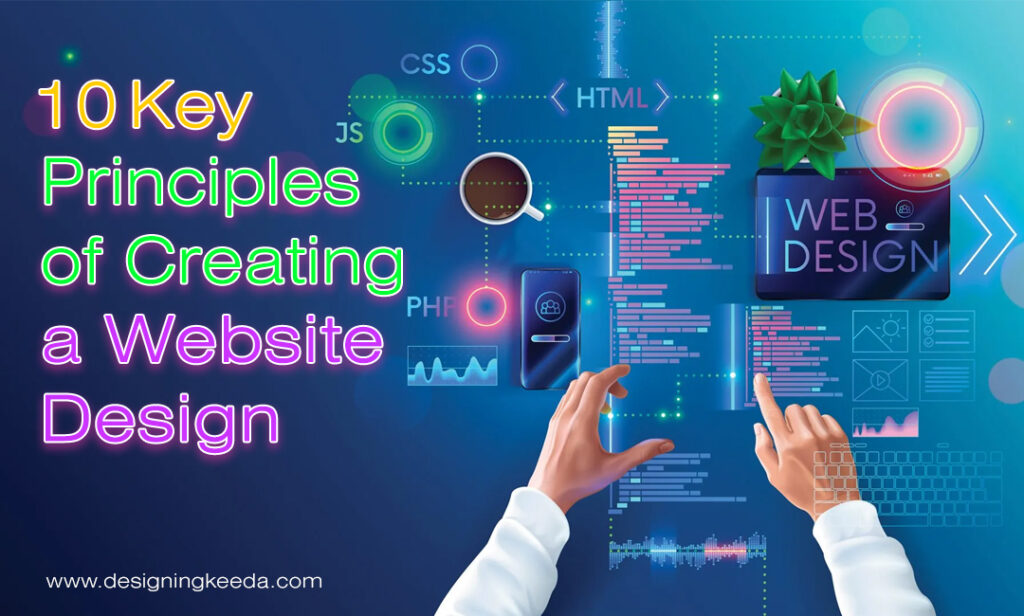
10 Key Principles of Creating a Website Design
Your website gives your clear picture to your visitors. That picture will either make them stick with you, or press exit button and get out of the website. Therefore, as a website owner, your eyes should match with the eyes of the visitor. From form of function, everything you do as a designer should be influenced what your visitors would want to see. Therefore, in this article, I am unveiling to you, the 10 key principles of creating a website design.
What’s the purpose of principles in website design?
Website design is not just putting your product or service on the web for the world to buy; it’s also to market them so that there is never a drought of visitors at your website. As the task involves marketing and product delivery within the same module, you have to stick to some website designing principles. Those who follow them are able to garner a respectable number of audiences, even when the products they deliver aren’t all that great. Those who don’t will face the ignorance of google, and see their sites vanish from the minds of the people, regardless of how good their products are.
Here are the 10 key principles of website design
If you want to know how to create a website design, then knowing the following key principles will definitely help you get to where you want to go: a high-quality website complemented with amazing level of audience:
- Know the Purpose: As we have already stated, your website is only as good as viewed by your user. Thus, your website needs to provide exactly what the user is looking for. That purpose is derived by the user persona: the type of user you want to attract to your website.
- Communicate clearly: Your website should communicate what you provide to your visitors clearly. They shouldn’t have any confusion. If you want your visitors to stay, you are going to have the provide information the right way.
- Typefaces: You should put a limit to the number of fonts you use in your website design. Anything more than three is going to confuse the visitors and make your website look like modern art – appreciated by some but hated by all.
- Choose the right colour: The information or service you are providing through your website should take into account the effect colours can have on visitors. Choose complementary colours to create harmony between the different elements of the page. It will give a coherent picture of your website to your visitor.
- Use the right images: There is no website without images these days. However, choosing the right ones is also important. We have seen many who use stock shutter-stock images rather than creating their own. Tell your designer to design an image that fully understands the purpose of the website and communicates it clearly to the visitors.
- Navigation: Don’t get your visitors get lost within the show-off designs of your website. Create the right navigation model to help them navigate your website properly. Use logical hierarchy, clickable buttons, and breadcrumbs to guide your visitor to different sections that they want to go to.
- Create a grid: Don’t put content randomly on your website. It will confuse the visitor and make your website aesthetically unpleasing. Therefore, use grids to organize your content properly. It will help your image shine brightly.
- Understand the F layout: Researches show that we read from left to right and from up to down. Therefore, arrange your content in a way that focuses on both of those aspects. It will help your visitor navigate your website easily.
- Make your website mobile friendly: Over 70% of internet users nowadays prefer their phones as the preferred device to browse the web. Therefore, you should develop a deep understanding of responsive websites while ensuring proper functionality.
- Load time: If your website takes more than 5 seconds to load, people will become uninterested very soon. Therefore, use proper techniques like optimizing image files, the central CSS optimization and JavaScript file to ensure quick load times for your website.
Conclusion
Website designing is rocket science. You have to know what your visitors would want before you can take another step. If that seems too much to you, you can contact our website design company in India to help you reach out to people, while making dedicated audience out of them.